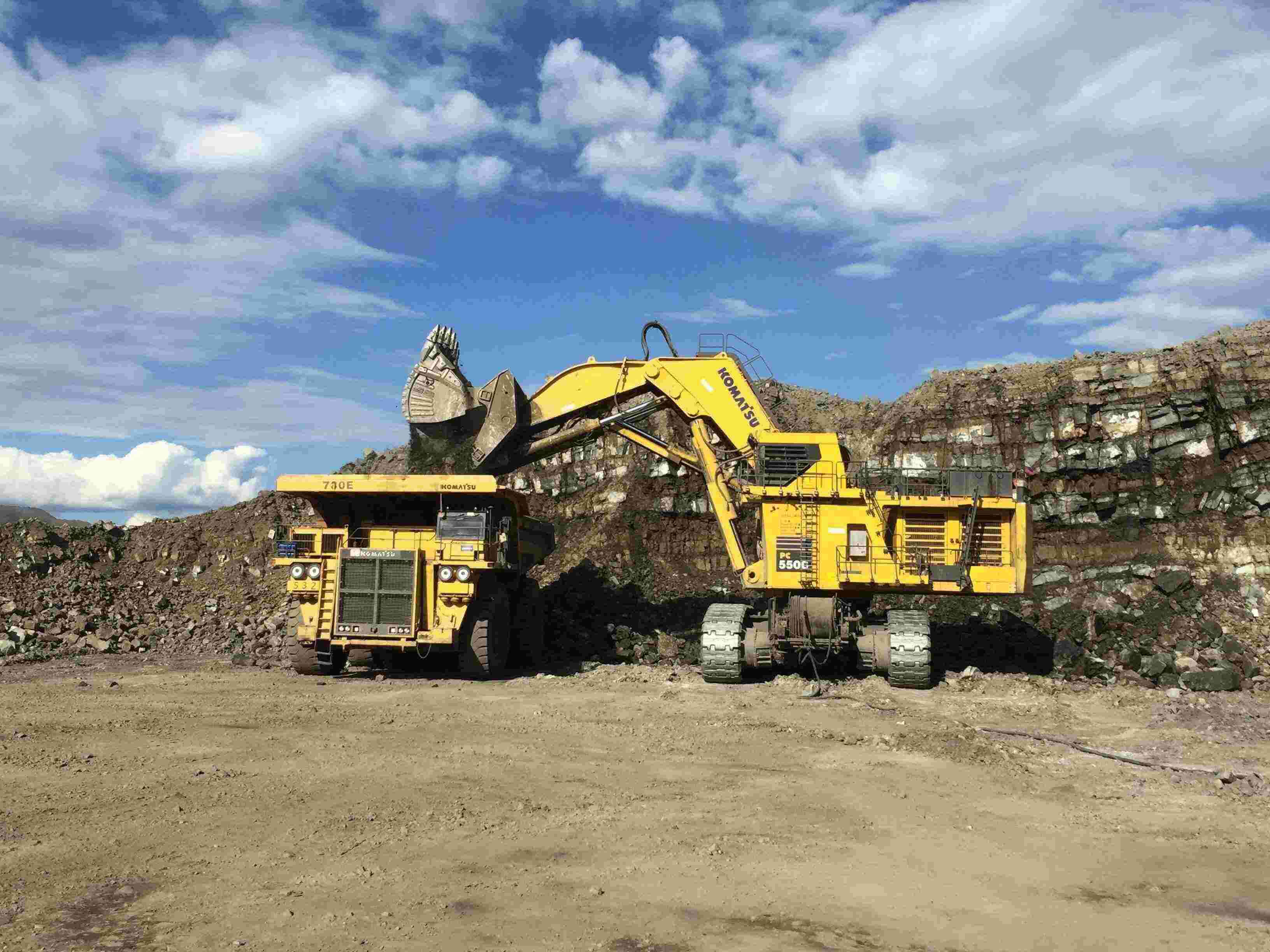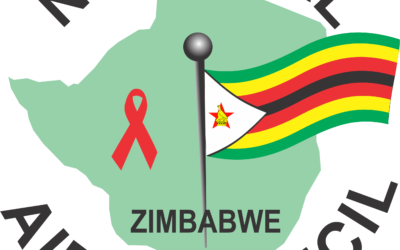
LEADING economists and mining industry experts warned this week the Ministry of Mines and Mining Development was manipulating data to give an impression that its ambitious US$12 billion target will be achieved this year.
Winston Chitando, the former Mines and Mining Development minister, announced in 2018 that under fresh initiatives implemented after President Emmerson Mnangagwa came to power in 2017, sector revenues would reach US$12 billion at the end of this year, from about US$2,7 billion in 2017.
Government then embarked on a global charm offensive to drum up foreign direct investment (FDI) at the time, under Mnangagwa’s ‘Zimbabwe is Open for Business’ campaign. The campaign saw him remove some hurdles to FDI, including the Indigenisation and Economic Empowerment Act.
However, investors say many more hurdles still remain. Growth rates of the scale announced in 2018 would be crucial to drive the struggling economy out of protracted contraction, following over two decades of turbulences that have battered vital industries, including manufacturing and agriculture.
The Chamber of Mines of Zimbabwe (CoMZ) has indicated that it would be difficult to achieve US$12 billion revenue, given the myriad of challenges confronting operators. These include high taxes and rolling power blackouts, which some industries estimate could wipe out over US$5 billion from the economy this year alone.
The CoMZ projected late 2022 that revenues would be around US$7 billion by the end of this year.
Signature projects announced at the time the new government came to power have failed to come to fruition, including the US$4 billion platinum project that was earmarked for Mashonaland West, fronted by GDI. But last week, Pfungwa Kunaka permanent secretary in the Ministry of Mines, told the Zimbabwe Independent growth in the past five years had been robust.
He said government was expecting the size of the industry to rise beyond US$12 billion by December 31.
- Zimbabwe is closed for business, says think tank
- New perspectives: Reconfigure Zimbabwe’s economy for recovery
- Zimbabwe is closed for business, says think tank
- New perspectives: Reconfigure Zimbabwe’s economy for recovery
Keep Reading
But Kunaka said this will be achieved through a combination of revenues and investments into the industry.
“We believe we even surpassed it,” Kunaka told the Independent.
“We await the final data at the close of the year 2023. But the ministry is confident that the target of UD$12 billion has been attained and even surpassed. The mining sector has grown to become a key pillar of our economy. The sector contributes more than 60% of Zimbabwe’s export receipts and attracts more than 50% of foreign direct investment,” he added.
But Prosper Chitambara, chief economist at the Labour and Economic Development Research Institute of Zimbabwe, said this week the goal was to reach the targets, which is why new matrices were being added.
“I think there was a realisation that the revenues have not been growing enough to attain that aspiration this year, hence the decision to include another matrix,” Chitambara told the Independent.
“You know, the mining industry has been doing relatively well compared to other sectors. I think that was largely due to the firming up of commodity prices and investments into the sector have been increasing.”
Respect Gwenzi, economist at the Harare based research firm, Equity Exis, said the US$12 billion was far high a target for Zimbabwe, given the current crisis.
“The target was set expecting the mining sector to become a US$12 billion sector, premised on one key variable, mainly gold. They hoped gold production would (rise). We haven’t achieved that target yet looking at the trends to date regarding exports. We are likely going to be behind last year in terms of export value. That shows we did not grow. This has largely been dampened by a plunge in prices, especially in platinum and palladium. In terms of gold we have not beaten last year’s production levels. We are just closer to that same level. Our target was 40 tonnes and we failed. There is no way we can be looking at a target of US$12 billion in the short run,” added Gwenzi, who has researched widely on Zimbabwe’s mining industry.
He projected that the highest revenue Zimbabwe could achieve this year would be about US$6 billion.






